Kriebs, A. FOXO3-enhanced mesenchymal progenitor cells impede aging in monkeys. Nat Aging 5, 1,186 (2025). https://doi.org/10.1038/s43587-025-00930-1
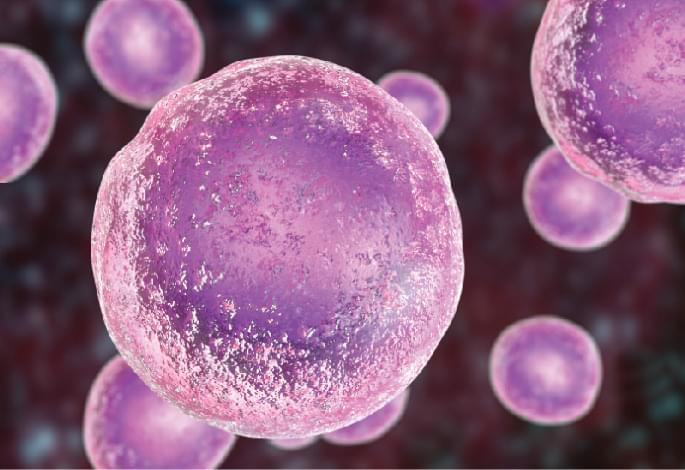

Kriebs, A. FOXO3-enhanced mesenchymal progenitor cells impede aging in monkeys. Nat Aging 5, 1,186 (2025). https://doi.org/10.1038/s43587-025-00930-1

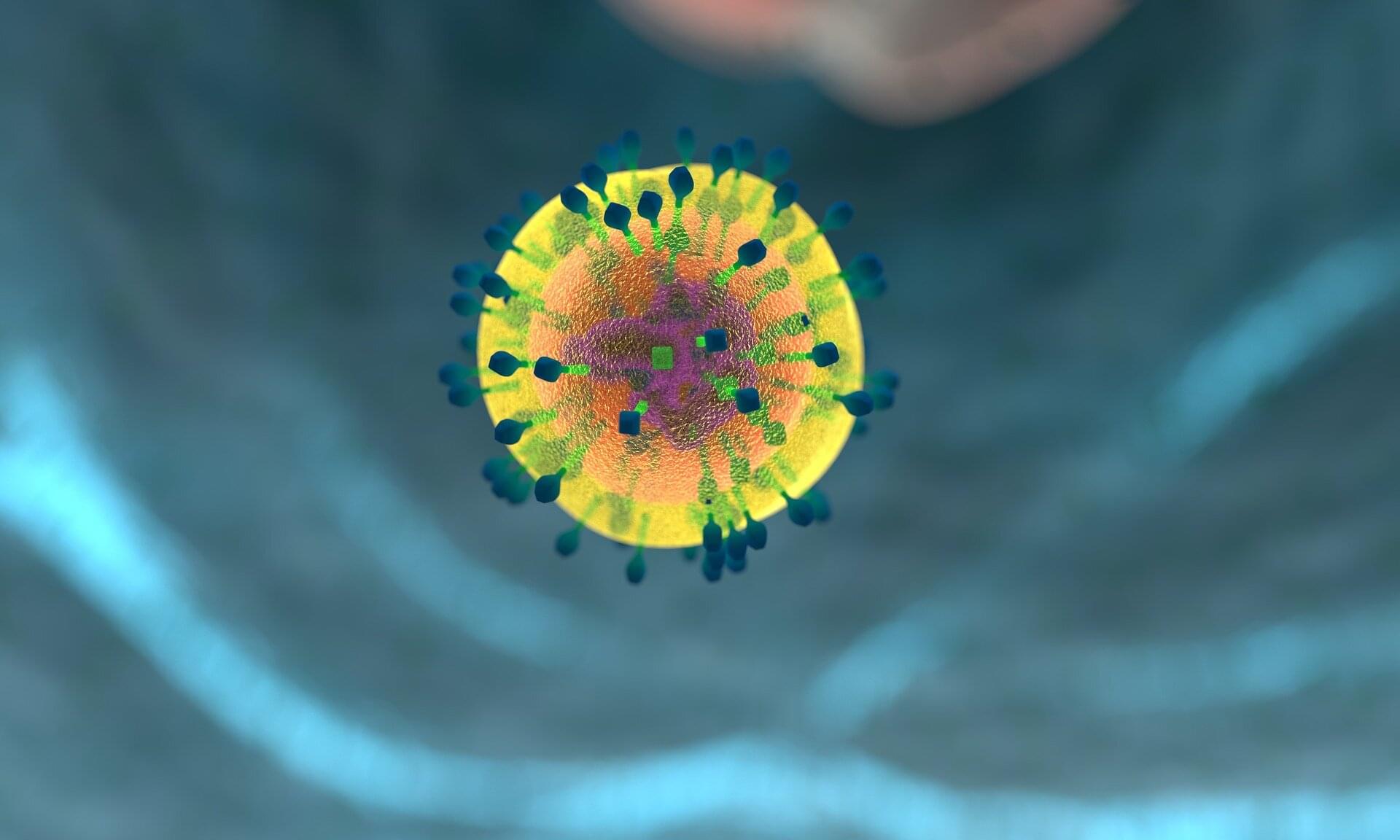
A paper published in Cell highlights how researchers have leveraged AI-based computational protein design to create a novel synthetic ligand that activates the Notch signaling pathway, a key driver in T-cell development and function.
These so-called soluble Notch agonists can be broadly applied to optimize clinical T-cell production and advance immunotherapy development.
Notch signaling is central to many cellular differentiation processes and is essential in transforming human immune cells into T-cells that target viruses and tumors. But activating Notch signaling in the laboratory has posed a challenge.

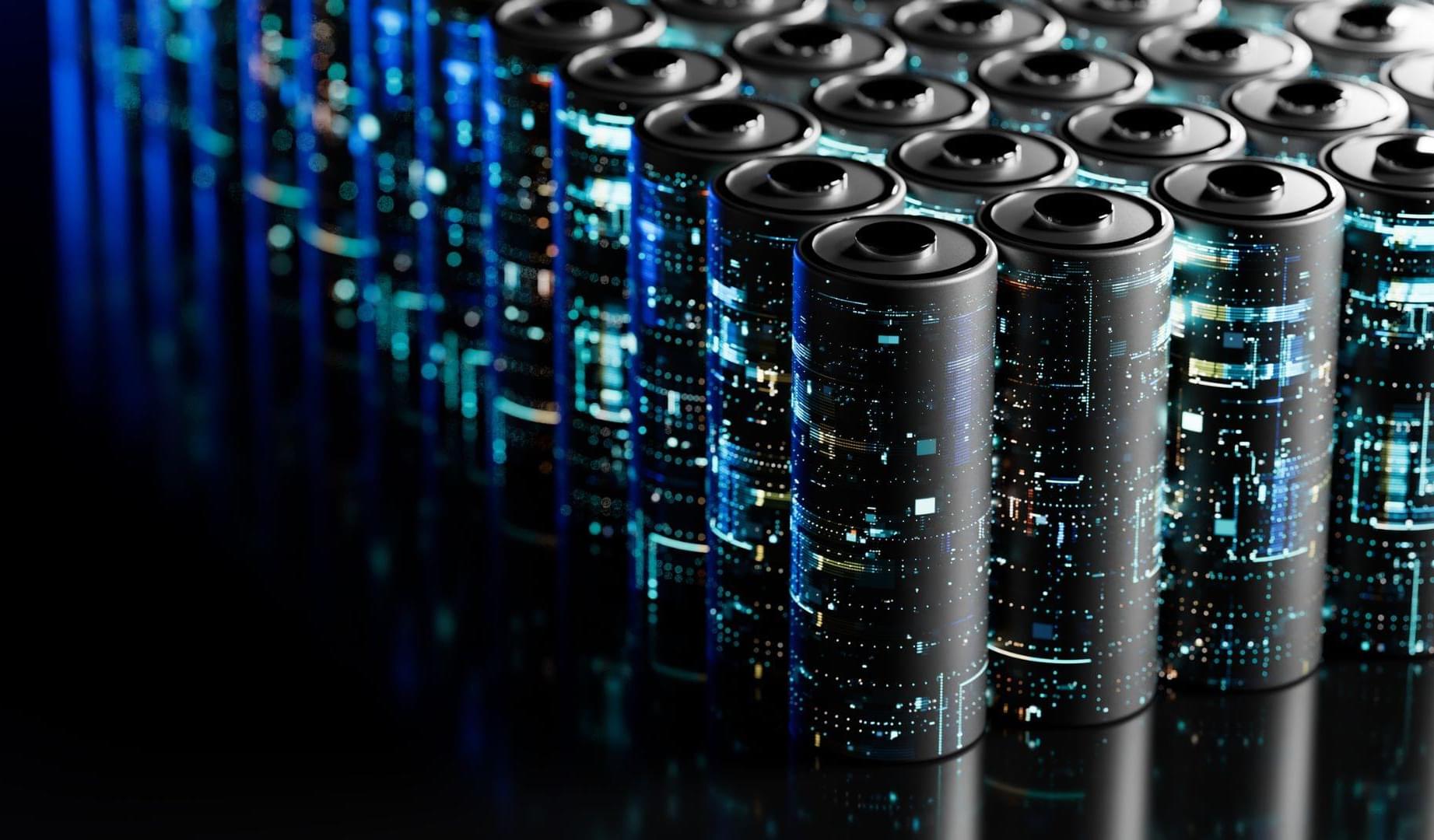
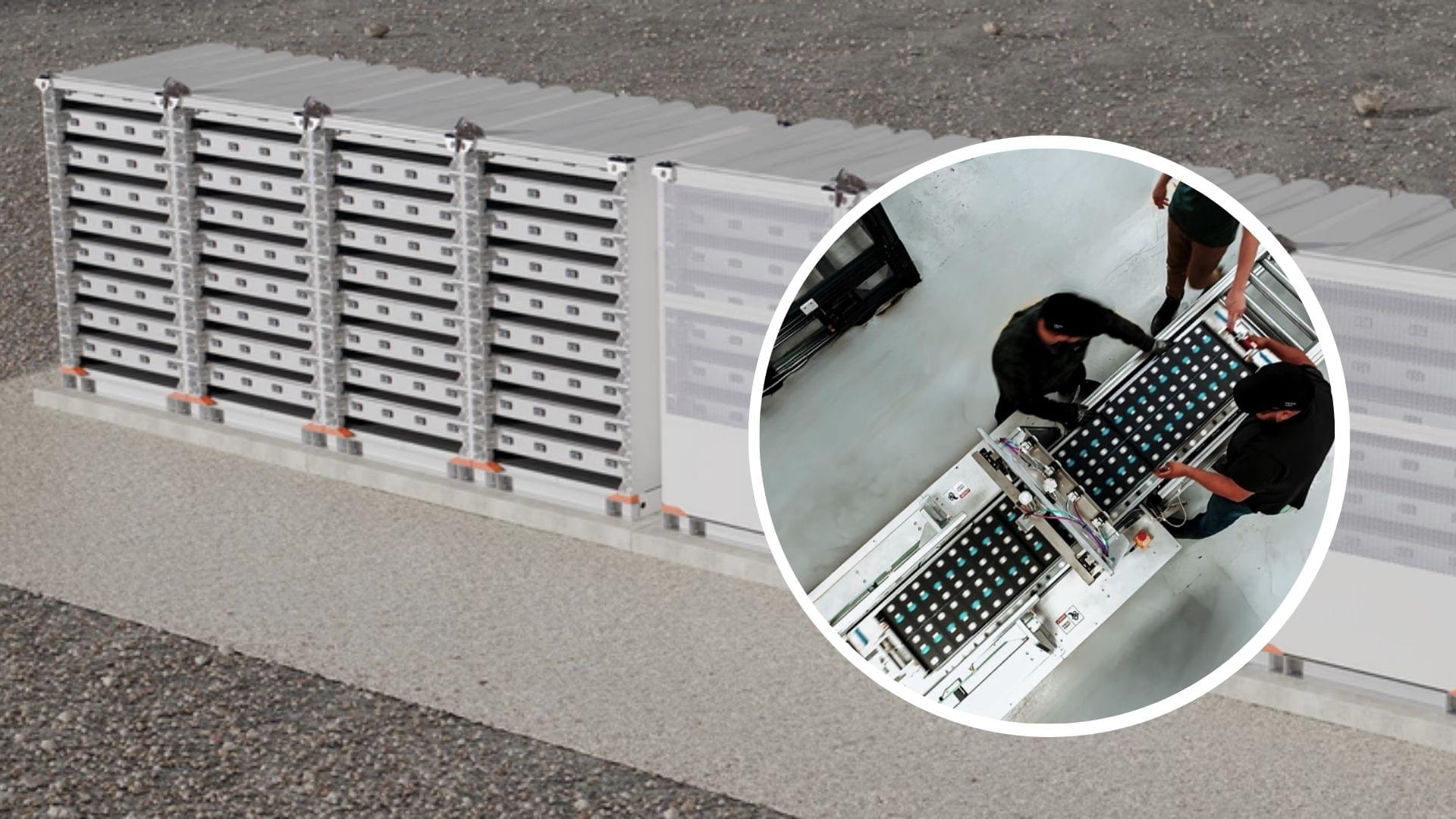


CERN scientists have analyzed a particle of antimatter isolated in an undecided quantum state known as a superposition for the first time.
While the quantum behavior of ordinary matter has been studied extensively and even used as the basis of quantum computers in the form of qubits, the breakthrough goes far beyond technological applications, potentially helping physicists understand why we even exist today.
The team suspended an antiproton – the antimatter counterpart of the proton – in a system of electromagnetic traps, and suppressed environmental interference that would mess with the particle’s delicate quantum state.
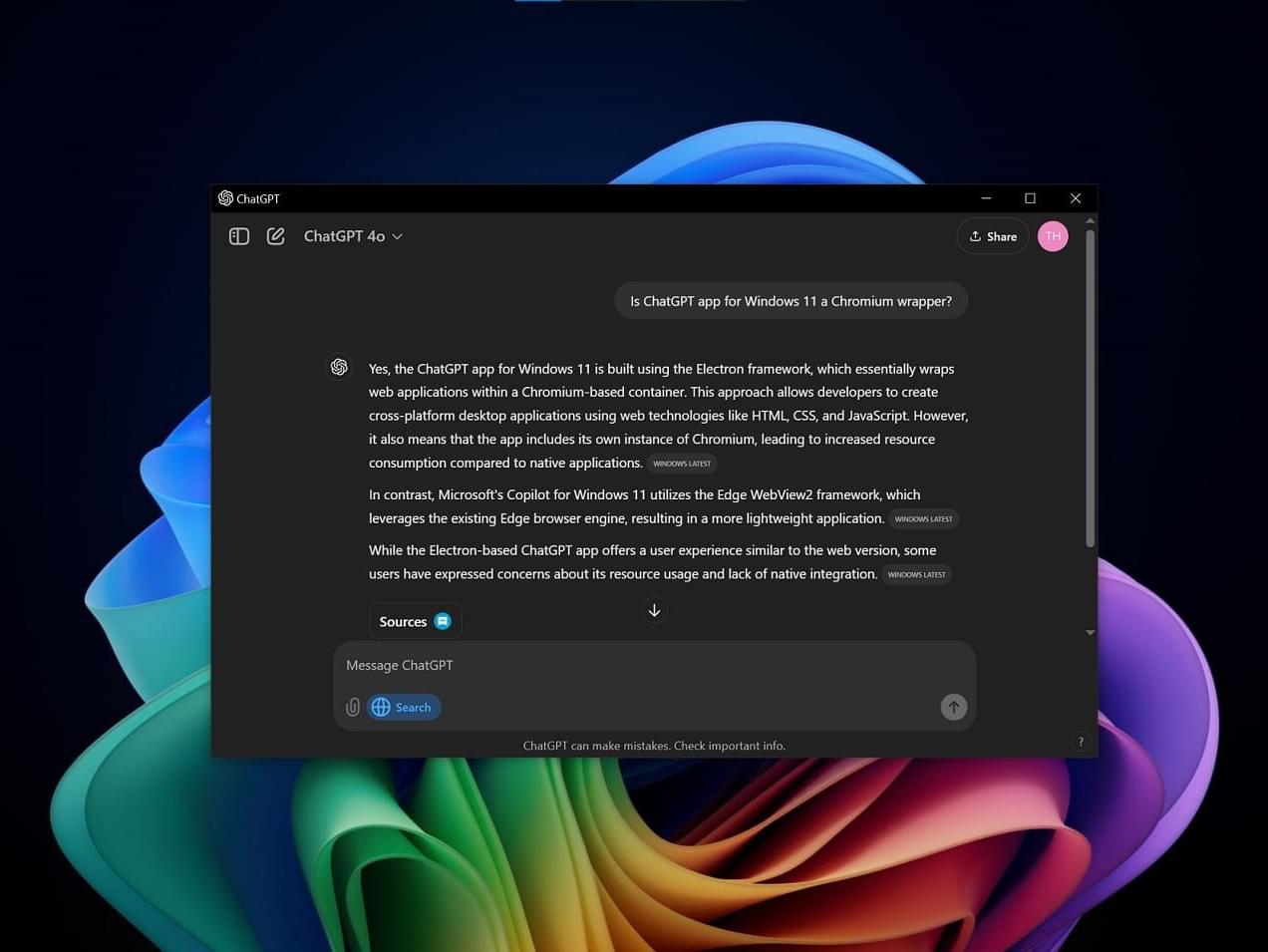
GPT-5 could begin rolling out in the next few days, if everything goes to plan. There are enough evidences to confirm that Microsoft is preparing Copilot (its consumer-facing AI assistant), Microsoft 365 (primarily tailored for businesses and work), and Azure (enterprises/API customers) for GPT-5.
GPT-5, also referred to as GPT-5 alpha in early leaked benchmarks, is OpenAI’s next SOTA (State of the Art) model, and it has the potential to disrupt the AI industry again.
One source describes GPT-5 as phenomenal in coding, and it doesn’t look like it will be rolled out to just paid consumers, as even those without a subscription will be able to access it.

In a significant advancement for nanoelectronics, an international team of researchers from National Chung Hsing University, Kansai University, and National Cheng Kung University has developed a new strategy to integrate freestanding hafnium zirconium oxide (HZO) membranes into 2D field-effect transistors (FETs). This innovation, published in Nature Electronics, promises to overcome one of the main bottlenecks in the adoption of 2D semiconductors: the lack of scalable, high-κ dielectric integration.
Why 2D Semiconductors Need Better Gate Dielectrics
Two-dimensional semiconductors like molybdenum disulfide (MoS₂) have long been heralded as successors to silicon, offering exceptional electrical properties at atomically thin dimensions. However, their commercialization in logic devices has stalled due to a critical integration challenge: embedding a gate dielectric that both insulates and enables effective gate control.